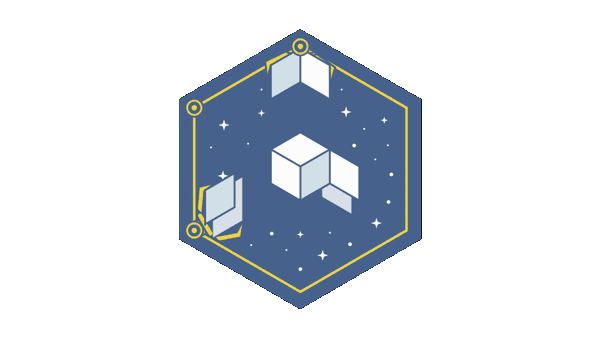The advancement of space robots has cleared the door for new capabilities for in-space maintenance, assembly, and manufacturing (ISAM). These capabilities present considerable business prospects while also promising to improve the efficiency and robustness of the orbital infrastructure. It will create an entirely new market and has the capacity to establish a new space ecology.
The initiative has two separate goals: First, do a market analysis of in-space services, in-space assembly and manufacturing, and associated domains, and create two reference scenarios that will be further studied and used to construct an end-to-end demo scenario. Second, the demonstration scenario aims to mature building blocks and robotic elements produced in Europe in recent years, and provide an open-source method for ongoing development. The development of a European ISAM capability and the definition of the future space ecosystem will have a substantial impact on Europe. By developing and deploying these new skills, Europe can preserve its global competitiveness, create new employment, and promote economic growth through increasing investment in the space sector. Furthermore, the creation of a sustainable space ecosystem will benefit the environment by reducing waste and pollution in space, resulting in a more sustainable and cleaner space environment.
Overall, the project’s influence on Europe is varied and extensive, encompassing economic growth, job creation, technical innovation, and environmental stewardship. By developing a European ISAM capacity and defining the future space environment, Europe can position itself as a global space industry leader while also paving the road for a more sustainable and prosperous future.
D1.1 – Kick-Off Presentation
D1.2 – Data Package FSER
D1.3 – Data Package DDR
D1.4 – Data Package DR
D1.5 – Data Package IR
D1.6 – Data Package FP
D1.7 – Cost Estimate Report (CER)
D1.8 – Quarterly Progress Report – Second Quarter
D1.9 – Quarterly Progress Report – Fourth Quarter
D1.10 – Quarterly Progress Report – Sixth Quarter
D1.11 – Quarterly Progress Report – Seventh Quarter
D1.12 – Risk Register
D1.13 – Data Management Plan (DMP)
D1.14 – Communication and Dissemination Strategy
D1.15 – Communication Pack #1
D1.16 – Communication Pack #2
D1.17 – Dissemination and Communication Report
D1.18 – Project Website & Social Media set up
D2.1 – Market and Trend Analysis & Exploitation Plan
D2.2 – Mission Scenario Description Document (MSD)
D2.3 – Future Space Ecosystem Requirements Document
D2.4 – System Concepts Document for Future Space Ecosystem: Robotic Services
D2.5 – System Concepts Document for Future Space Ecosystem: Logistics
D2.6 – System Concepts Document for Future Space Ecosystem: Receiving Services
D2.7 – Open-Source Strategy and Implementation Plan for Future Space Ecosystem
D3.1 – System Engineering Plan (SEP)
D3.2 – Design Definition File (DDF) for End to End Demonstrator
D3.3 – Design Justification File (DJF) for End to End Demonstrator
D3.4 – End to End Demonstrator Requirements Document (S/W & H/W)
D3.5 – Coordinate System Document (CSD) for End to End Demonstrator
D3.6 – Interface Control Document (ICD) for End to End Demonstrator
D3.7 – Development Plan Enabling Technologies (DP)
D3.8 – Testbed Definition Document (TDD)
D3.9 – Enabling Technologies Development Test & Validation Plan
D4.1 – Framework Documentation
D4.2 – Documentation Robotic System Control S/W
D4.3 – Arm Control S/W documentation
D4.4 – Robotic test Console Documentation
D4.5 – Robotic Simulator Documentation
D4.6 – Motion Planning/ Autonomy S/W Documentation
D4.7 – Perception S/W Documentation
D5.1 – SI documentation
D6.1 – Enabling Technologies Development Test Report
